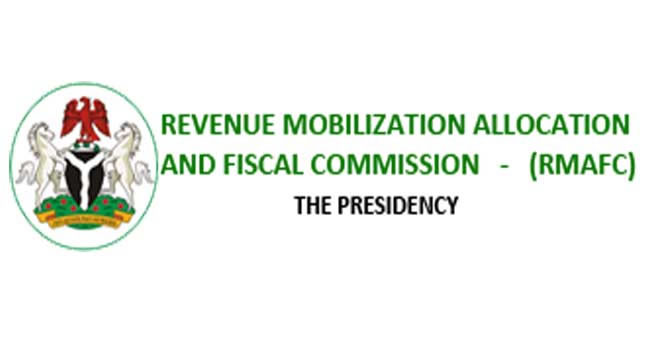The federal government, through the Revenue Mobilisation Allocation and Fiscal Commission (RMAFC), has unveiled a new Solid Minerals Data Rendition Template designed to enhance revenue monitoring, improve transparency and strengthen Nigeria’s drive for economic diversification beyond oil dependence.
The initiative, launched during a one-day sensitization exercise in Abuja, aims to establish a standardised data system that ensures accurate and timely reporting of mineral production and revenue remittances from operators across all states of the federation.
In his opening remarks, chairman of RMAFC, Mohammed Bello Shehu, described the new data template as a timely innovation that supports President Bola Tinubu’s administration’s renewed focus on harnessing the country’s vast non-oil resources for sustainable national growth.
“The implementation of the new data rendition templates could not have come at a better time, given the current economic realities,” Shehu said, “Our over-dependence on hydrocarbon revenues has made our economy vulnerable to global oil price fluctuations. It is, therefore, imperative to diversify and tap into other viable sectors such as solid minerals, agriculture, tourism, manufacturing, and the blue economy to broaden our revenue base.”
According to Shehu who was represented by the federal commissioner representing Niger State in the commission, Ibrahim Shettima, the solid minerals sector has huge untapped potential capable of contributing significantly to Nigeria’s revenue if properly regulated and monitored. He noted that the new data template was developed to capture detailed and verifiable information such as the quantity of minerals produced, operating companies, production locations, licenses, fees, and applicable rates — ensuring that every revenue due to the Federation Account is fully accounted for.
Shehu recalled that the RMAFC had previously conducted nationwide solid minerals revenue monitoring exercises in 2016 and 2022, which helped to raise government earnings from the sector. However, he explained that more robust monitoring tools were now needed to eliminate revenue leakages and discrepancies in reporting.
“Despite the scale of activities in the mining sector, its contribution to the Federation Account remains negligible due to inadequate monitoring,” he said, “This new template will enable us to track operations in real time and ensure prompt remittance of revenues, in line with our constitutional mandate under Paragraph 32(a) of Part 1 to the Third Schedule of the 1999 Constitution.”
In his goodwill message, federal commissioner and chairman of the RMAFC Solid Minerals Monitoring Committee, emphasized that the new data rendition framework was conceived to address long-standing inconsistencies in mineral revenue reporting and improve coordination among stakeholders.
According to Shettima, the commission discovered persistent gaps in the data provided by state governments, the Ministry of Solid Minerals Development, and operators in the sector. He explained that the new template introduces a uniform system of measurement, reporting standards, and independent data verification, enabling RMAFC to cross-check figures and eliminate discrepancies.





